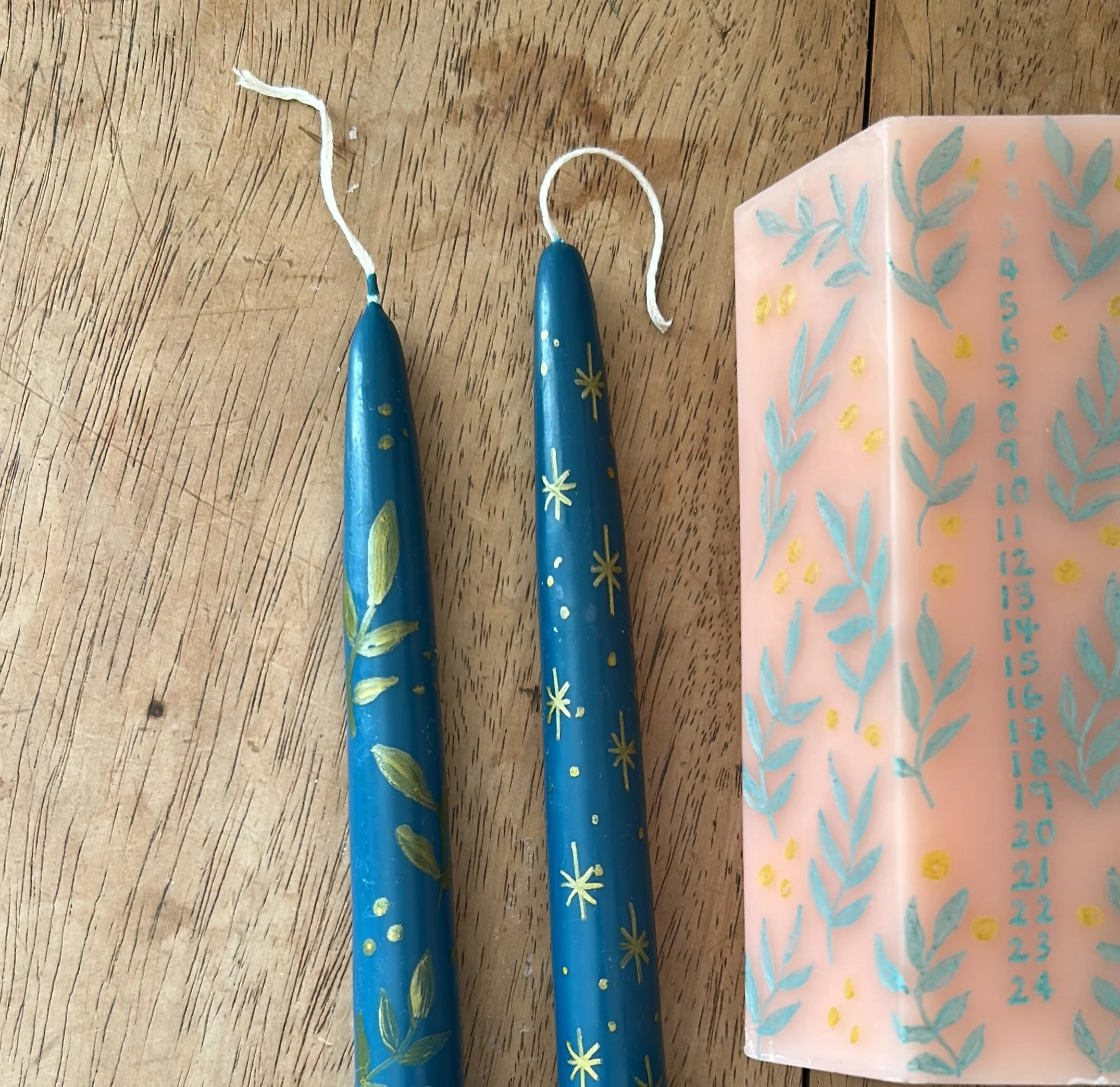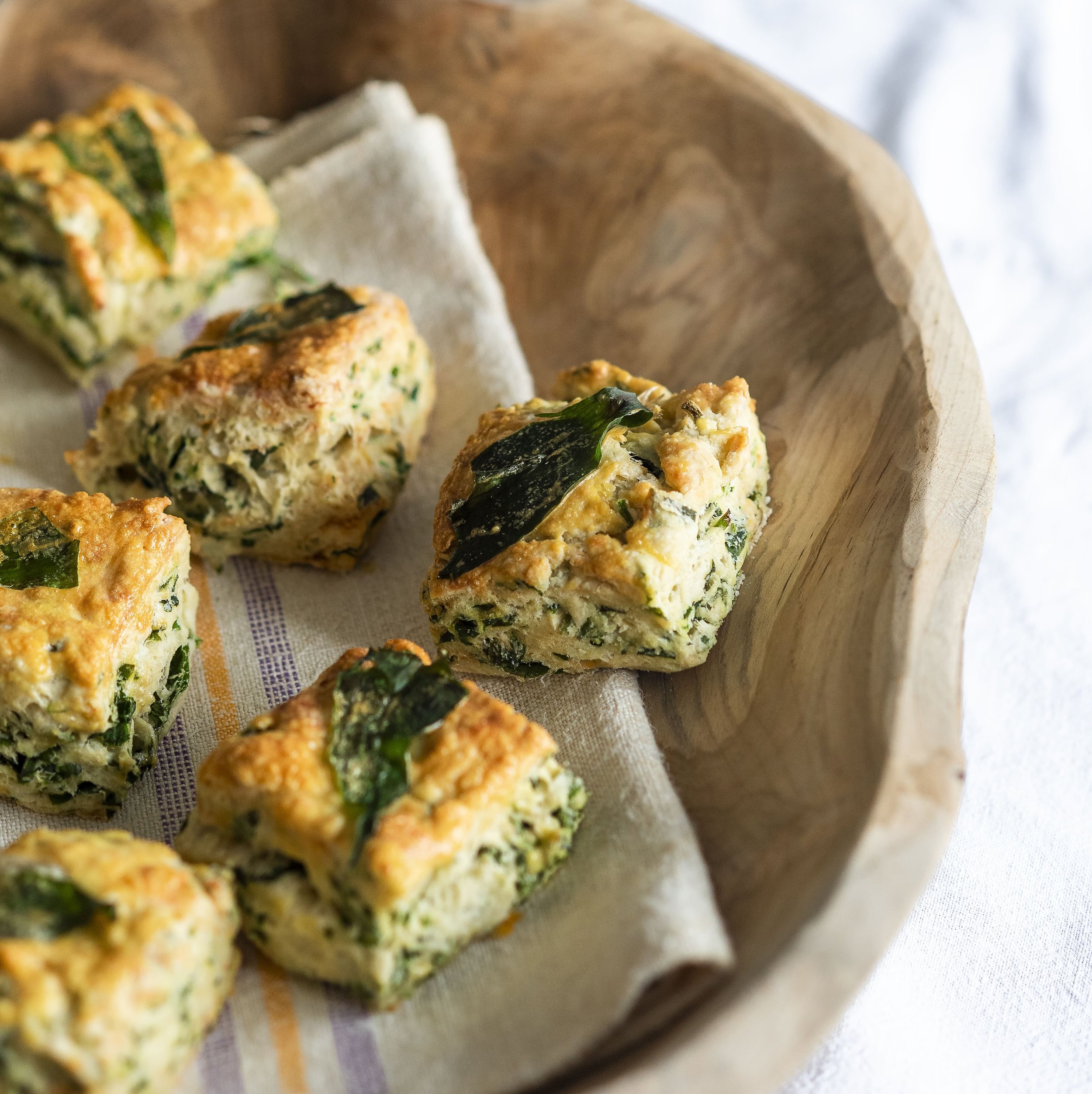The classiest kind of beans on toast – using broad beans and elderflower as the secret stars.
Serves 4
1.5kg broad beans in pods
Bunch of fresh mint leaves, chopped
Bunch of fresh chives, chopped
115g ricotta cheese
1 lemon, zested
4 slices sourdough bread
Fresh chive flowers, optional
For the elderflower dressing:
2 tsp djion mustard
2 tsp honey
2 tbsp elderflower vinegar
100ml olive oil
To make
1 Pod the broad beans and bring a pan of water to the boil. Add the beans and cook for about 3 mins.
2 Drain the beans and skin them if the beans are large. Place in a bowl, adding chopped mint and chives.
3 To make the dressing, place the mustard, honey and vinegar into a mixing bowl and season with
salt and pepper. Whisk together and slowly pour in the oil, whisking until it becomes emulsified. Taste
the dressing and adjust the seasoning as necessary. Add enough to coat the broad beans and herbs.
4 Mix the ricotta cheese with the lemon zest and season to taste.
5 Toast the bread and spread with ricotta cheese before spooning the beans on top. Drizzle with dressing and top with chive flowers, if using.
This recipe is taken from our feature, Respect Your Elders, in our May issue, which includes lots of recipes for using elderflowers, including cakes, cordials, curd and vinegar. The recipes are by Philippa Vine and photography by Anna Rubingh.
Buy this month's The Simple Things - buy, download or subscribe




















































